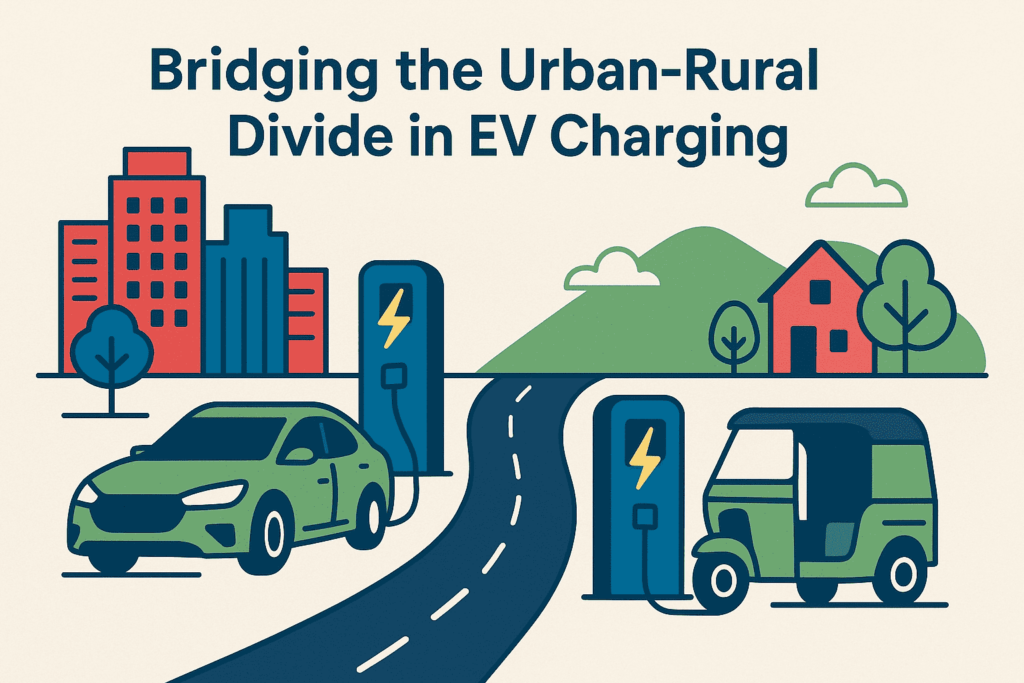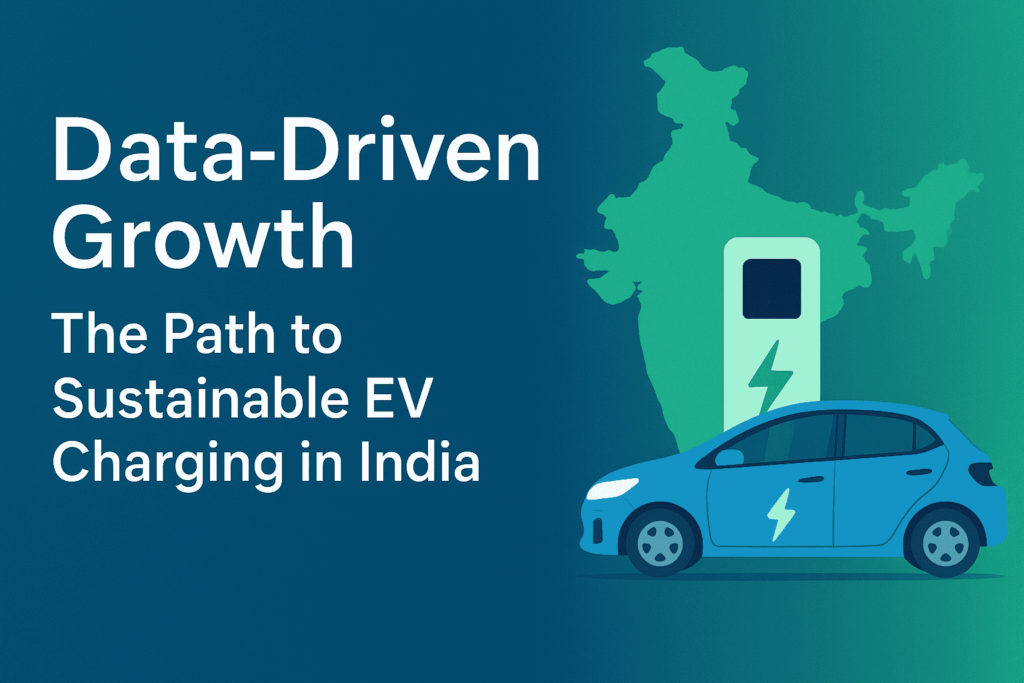Why India Needs More Electric Vehicle Charging Stations
India is witnessing a rapid surge in electric vehicle (EV) adoption, with nearly 5 million EVs now registered on its roads, a remarkable jump from just 0.7% of total vehicle sales in 2020 to 6.3% in 2024. As this green revolution accelerates, the need for robust, accessible, and reliable EV charging infrastructure becomes critical.
The Current Landscape
- As of May 2025, India has approximately 29,277 public charging stations, up from just 1,800 in February 2022
- Despite this ninefold growth, the infrastructure is still insufficient for the projected 50 million EVs by 2030, which will require around 1.32 million charging stations
- Today, there are about 32 EVs per charging station, creating bottlenecks and range anxiety for users
Why Quantity Matters
- Range Anxiety: Limited charging points discourage potential buyers, who fear being stranded without power
- Urban vs. Rural Gap: Most stations are concentrated in major cities, leaving smaller towns and highways underserved
- Market Growth: A robust network will support the government’s goal of making EVs 30% of passenger vehicle sales by 2030
The Way Forward
- Policy Push: The government is targeting a public charging station every 3 sq km in megacities and every 25 km on highways
- Investment: The PM E-DRIVE scheme allocates ₹2,000 crore for new stations, aiming to install 74,300 chargers nationwide
Building more charging stations is not just about convenience, it’s essential for India’s clean mobility future.
Be Part of the Solution with Bentork
To support this shift, Bentork Industries is launching a compact, affordable, and smart charging solution perfect for homes, small businesses, and first-time EV entrepreneurs.
Whether you’re an EV owner or someone looking to build a charging business, now is the time to plug into the future.
Bridging the Urban-Rural Divide in EV Charging

EV adoption in India is concentrated in urban centers, but the transition to electric mobility must reach every corner of the country.
The Urban Bias
- States like Karnataka, Maharashtra, and Uttar Pradesh lead in charging infrastructure, with over 5,700, 3,700, and 1,900 stations respectively.
- Rural and semi-urban areas lag behind, limiting EV adoption outside major cities.
Why Rural Access Matters
- Inclusive Growth: Over 65% of India’s population lives outside urban centers.
- Commercial Transport: Electric two- and three-wheelers are vital for rural mobility and logistics.
- Reducing Emissions: Cleaner transport in rural areas can significantly cut air pollution and improve public health.
Government Initiatives
- New guidelines require charging stations every 25 km along highways and in all state capitals within 3-5 years.
- Subsidies and simplified licensing aim to make it easier for individuals and businesses to set up charging points.
The Road Ahead
- Mobile Charging Solutions: Portable chargers and battery swapping can serve remote locations.
- Community-Based Models: Local entrepreneurs can operate stations, creating jobs and boosting the rural economy.
Expanding the charging network beyond cities is essential for a truly green and connected India.
Data-Driven Growth- The Path to Sustainable EV Charging in India

India’s EV charging infrastructure is growing fast, but strategic, data-driven expansion is key to meeting future demand.
The Numbers
- EV sales in 2024: 19 lakh units, a 19% increase over 2023.
- Projected need by 2030: 1.32 million charging stations for 50 million EVs
- Current gap: Only 29,277 public charging stations are operational as of May 2025
The Risks of Falling Short
- Without adequate infrastructure, India could be 40% behind its EV vision by 2030
- Inadequate charging points lead to underutilization of EVs, wasted investments, and public skepticism.
Smart Solutions
- Predictive Planning: Using sales and usage data to locate new stations where they’re most needed.
- Interoperability: Ensuring all EVs can use any public charger, regardless of brand or technology
- Continuous Monitoring: Real-time data collection to improve uptime and user satisfaction
Policy Support
- The PM E-DRIVE scheme and revised guidelines focus on revenue-sharing and land subsidies, making station installation more viable for private players
- Central and state governments are aligning incentives to accelerate both quality and quantity of charging infrastructure.
With the right data and policies, India can build a charging network that powers its electric future.
